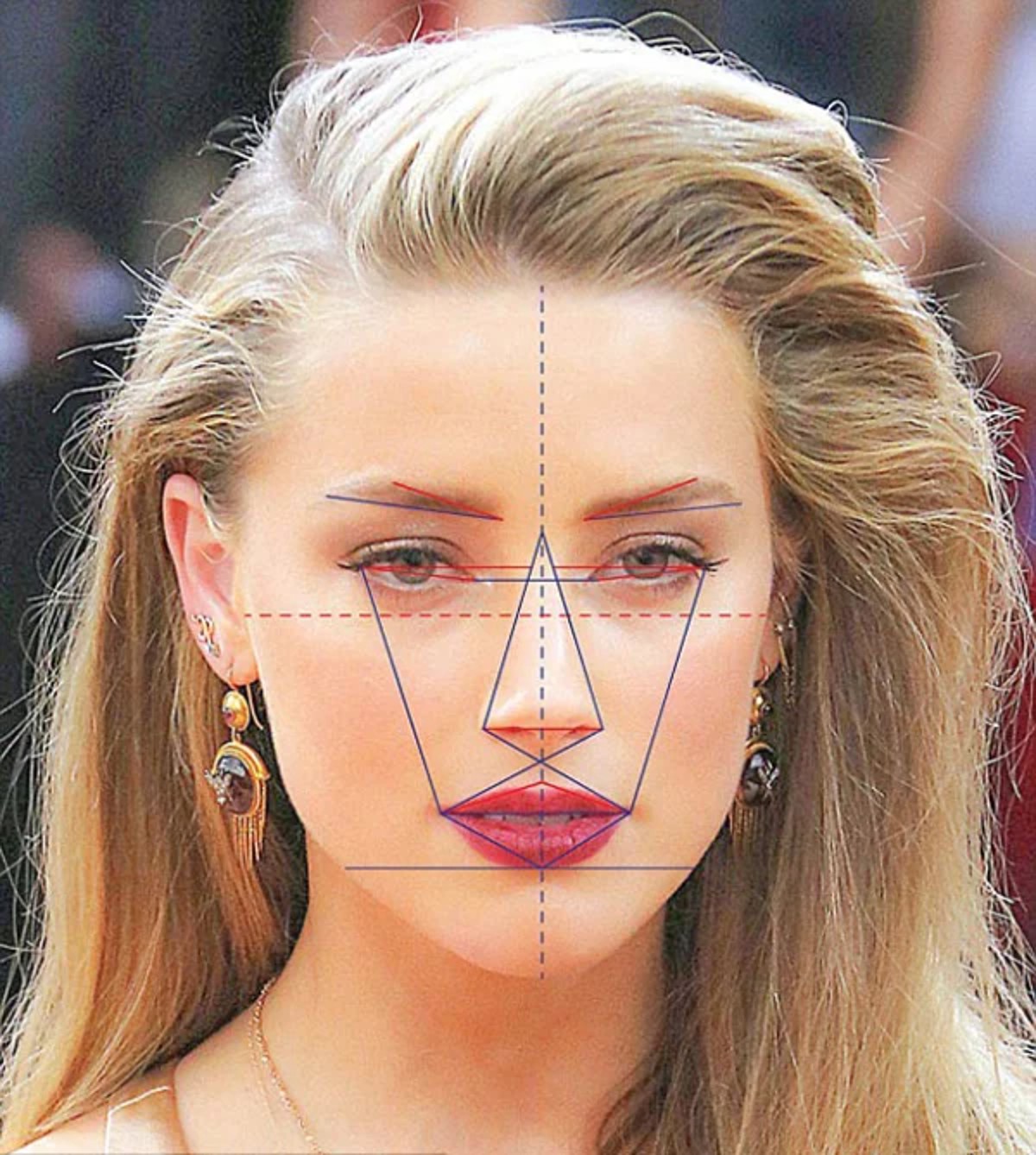

They are well established and recommended for use with children 5–12 years and 3–18 years of age, respectively, with evidence of validity, reliability and the ability to detect change ( Stinson et al., 2006). Both the Wong–Baker FACES Pain Rating Scale ( Wong and Baker, 1988 ) and the Faces Pain scale revised (FPS-R) ( Hicks et al., 2001) use six graphically or cartoon-depicted faces with varying facial expressions. When assessing pain in the paediatric player, several subjective scales are available. 22, 25, 29, 32ĭiane Ryding, in A Comprehensive Guide to Sports Physiology and Injury Management, 2020 Pain scales

25 Yet, the Wong-Baker scale was preferred by children over the numeric rating scale, the graphic rating scale, the Pieces of Hurt tool, and the Color Analog Scale. 28–31 However, recent data suggest that versions with the smiling face at the no-pain end of the spectrum such as the Wong Baker Scale may lead to overestimation of pain because children with no pain but with distress from other sources may be reluctant to choose the smiling face. Strong positive correlations have been reported between the Wong Baker Scale scores and other measures such as the Pieces of Hurt tool, other faces scales, the Visual Analog Scale (VAS), as well as nurses' ratings based on behavior. The Wong Baker Faces Pain Scale has been extensively studied and its reliability and validity confirmed in children aged 3 to 18 years. 22–27 Some versions have a smiling face whereas others have a neutral face to represent the “no pain” end of the scale ( Fig.
#PERFECT FACE SCALE SERIES#
Charles Berde, in A Practice of Anesthesia for Infants and Children (Fourth Edition), 2009 Faces Pain Scalesįaces pain scales comprise a series of line diagrams of faces with expressions of increasing distress. 46 The International Association for the Study of Pain (IASP) has the FPS-R available in dozens of languages on its website ( ). 34,36,42,45 Overall, the FPS-R is the faces scale with the largest support for its validity.

39 The Wong-Baker Scale was preferred by children to the numeric rating scale, the graphic rating scale, and the Color Analog Scale.

41–44 Data suggest that versions with the smiling face at the no-pain end of the spectrum, such as the Wong-Baker Scale, may overestimate pain because children without pain, but with distress from other sources, may be reluctant to choose the smiling face. Strong correlations have been reported between the Wong-Baker Scale scores and other faces scales, the Visual Analog Scale (VAS), as well as nurses' ratings based on behavior. The Wong-Baker Faces Pain Scale has been extensively studied and its reliability and validity confirmed in children 3 to 18 years of age. 39,40 Unlike the numeric scales, the faces scales do not require the concept of magnitude or seriation and can therefore be used by preschool-aged children. 34–39 Some versions have a smiling face, whereas others, notably the Faces Pain Scale and Faces Pain Scale-Revised (FPS-R), have a neutral face to represent the “no pain” end of the scale ( Fig. Berde, in A Practice of Anesthesia for Infants and Children (Sixth Edition), 2019 Faces Pain Scalesįaces pain scales consist of a series of line diagrams of faces with expressions of increasing distress.


 0 kommentar(er)
0 kommentar(er)
